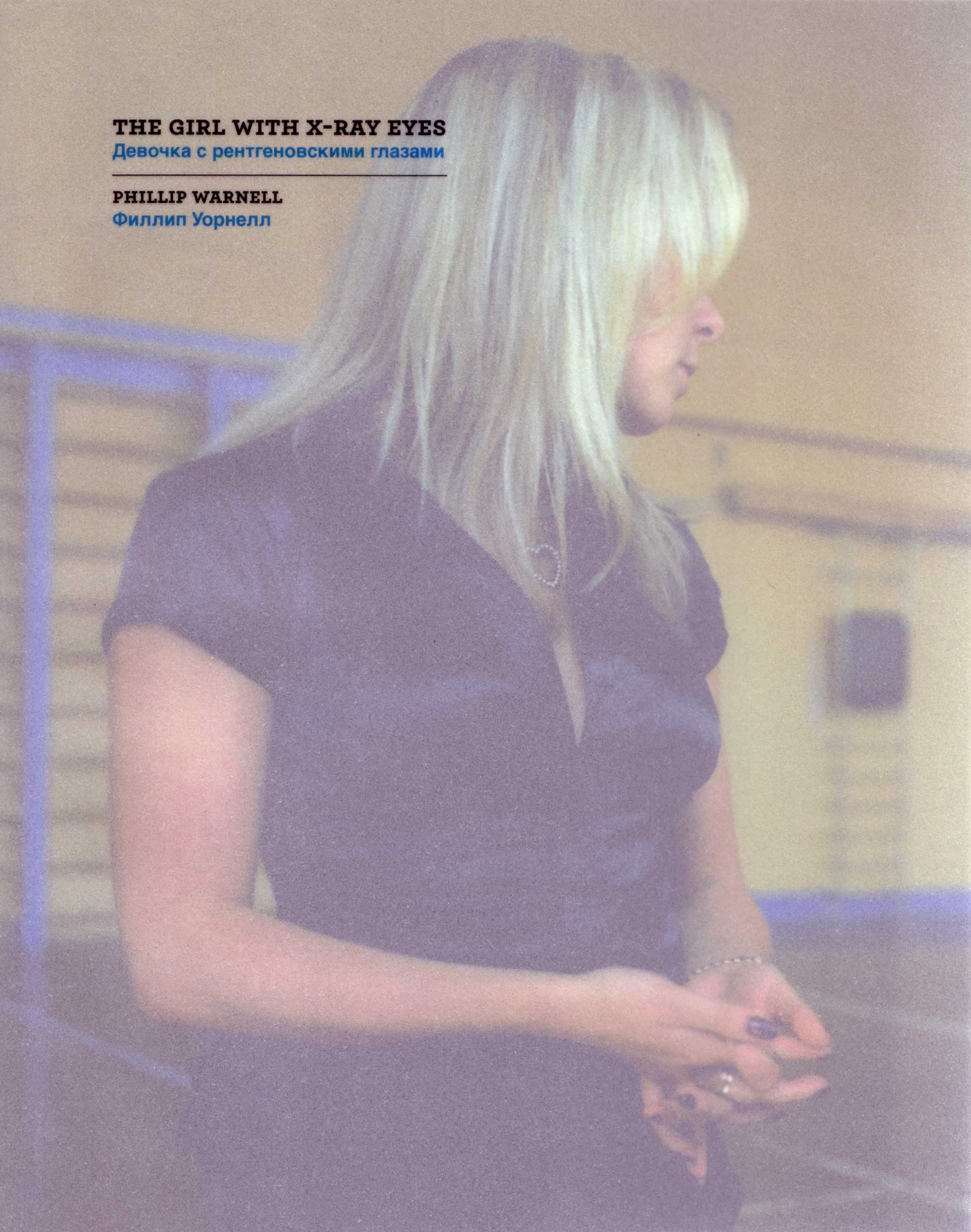Articles/Essays
Contact: info@phillipwarnell.com
VARIOUS SCHOLARLY TEXTS on or authored by Phillip Warnell (downloadable here)
~
“Warnell's approach to the animal figure is that of the body, his fascination with the outer envelope which reflects, echoes from within. Previously, he worked with an octopus for the film Outlandish: Strange Foreign Bodies.[2] By choosing the octopus presented bathing in an aquarium, Warnell shows the invertebrate in a more intimate context where we can observe its changes in color and skin structure depending on its moods and its immediate environment. Warnell is fascinated by the animal and the mutated forms it can take. With Ming of Harlem, however, the perception of the interiority of the animal is different, it is transmitted through the experience of Yates but also from the poem by Jean-Luc Nancy. The spectator, faced with the two animals, then alternates between this dimension of reality and this part of the imagination. Observation becomes slow, prolonged, it allows us to see other things, more than an eye which exercises itself for the first time in looking at an image, it alternates between the visual and fascinating aspect of the two animals and the inevitable tendency to read their minds, because man also needs to place thought, perhaps to compensate for his diminished senses.” Cécilia Ibarra

Cécile Ibarra - IN A PERFECT WORLD WITH THE ANIMAL (in french)
From - FIGURAS DO ANIMAL Literatura Cinema Banda Desenhada, essay
PDF - DOWNLOAD (coming soon)
~
“The octopus is housed in a tank containing nothing but clear water, and Outlandish is highly unusual among films that use aquariums insofar as its display of the tank allows it to be comprehended as an object. It is shot from different angles, raised up on the deck of a small, otherwise crewless boat, tossed by the waves of the Mediterranean. This aquarium does not discreetly facilitate a voyeuristic immersion fantasy, but is asserted as a rectangular prism occupying three-dimensional space (in a way that those first aquarium tanks in London did, before the advent of darkened galleries). The octopus pressing up against its walls, experiencing ‘the smooth, cool suction of a glass surface for the first time’, as Warnell describes it, drives home the solidity of both its own body and its sides, and the octopus within performs the definition of its limits, we become unusually conscious of the aquarium as the object of the camera, and of the way that the tank not only displays its contents (both water and octopus) but imposes form on them. This unfamiliar three-dimensionality may be what prompts Akira Lippit’s observation of the film that the octopus ‘seems all too corporeal’ – relative to most other representations of octopuses, perhaps.” Georgina Evans

Georgina Evans - FRAMING AQUATIC LIFE
From - SCREEN JOURNAL, 61:2, article, summer 2020
PDF - DOWNLOAD (coming soon)
~
“It is hard to tell if this is an eidetic hallucination or a hallucination of eidetic power. In either case, an accessory fantasy pigments the fantasy of X-ray vision, namely, that of the immediate legibility of the human body. Natasha Demkina’s story makes much of the fact that, when she first began to see the insides of bodies as a young girl, she lacked the anatomical names for what she nevertheless clearly saw – even though the history of anatomy shows that naming is actually an essential part of seeing. Indeed, this seems to be the function of the child-figure in such stories of miraculous vision: once the body’s processes had been unconcealed, they would be entirely intelligible to the most untutored eye.”

Steven Connor - PREGNABLE OF EYE: X-RAYS, MAGIC & VISION
From - THE GIRL WITH X-RAY EYES, essay 2007
PDF - DOWNLOAD (coming soon)
~
“In 2003, a man in Harlem, New York was arrested for keeping a fully grown tiger and alligator in his 21st floor apartment. His strange household arrangement came to the attention of the authorities only when he showed up in hospital with large bite marks on his leg. A decade later, artist and director Phillip Warnell made a documentary, Ming of Harlem: Twenty-one Storeys in the Air, in which he questions the animals’ keeper, probing him about the experience of sharing his life so intimately with such large, undomesticated creatures. Warnell’s masterstroke was to recreate the apartment, installed with hidden cameras, where he let loose a real tiger and recorded its restless pacing and moaning.”

Anna Souter - We are not of ourselves, article 2020
Independent writer & curator
PDF - DOWNLOAD (coming soon)